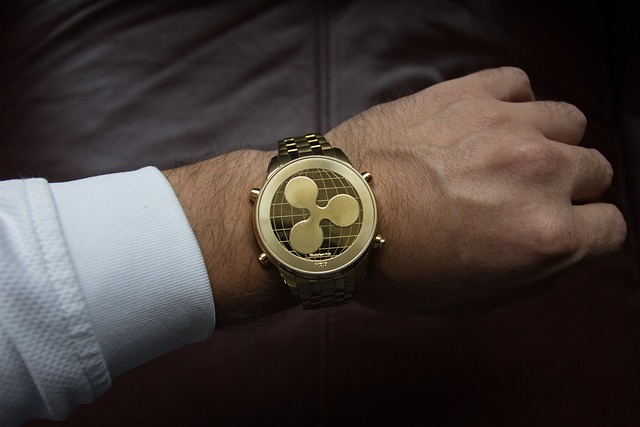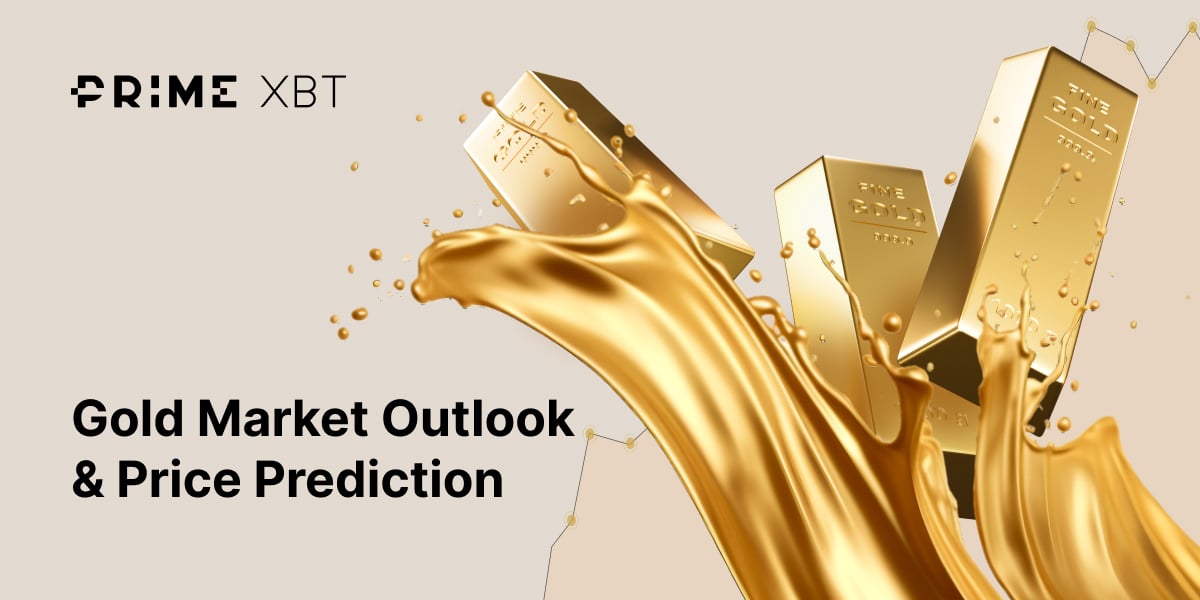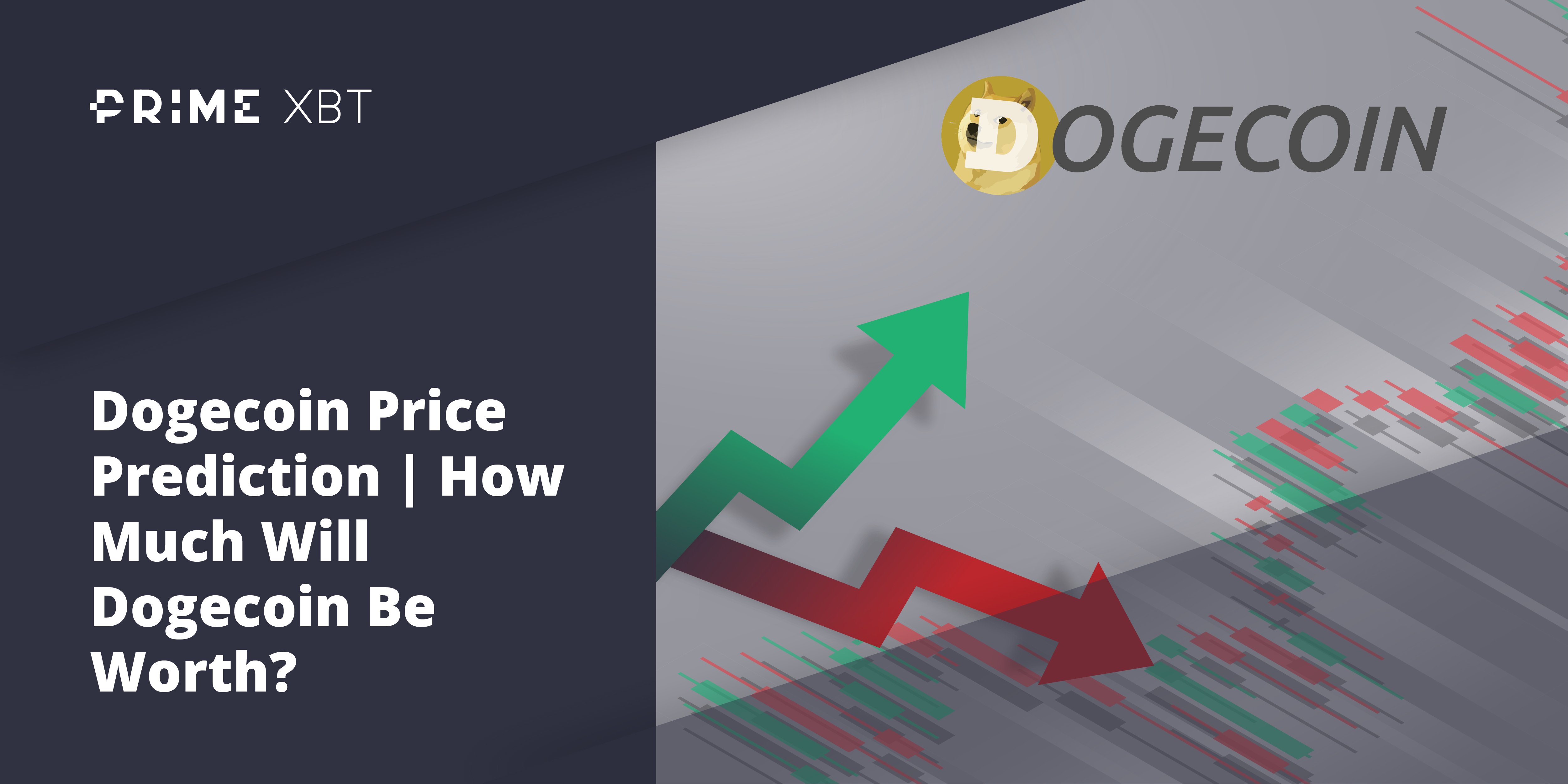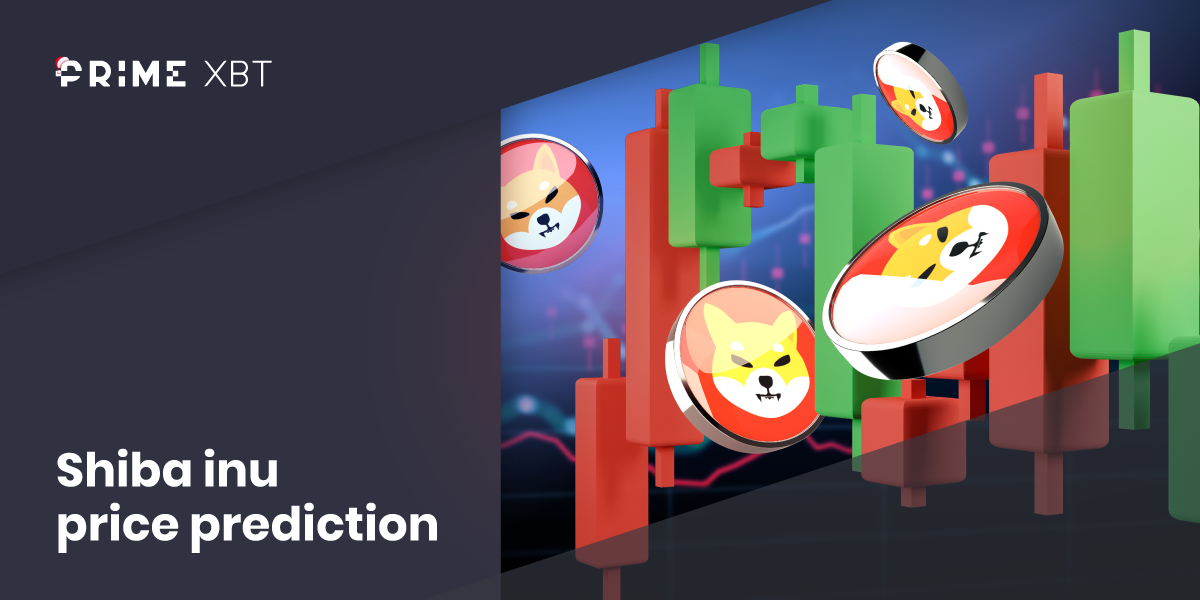Tokenization of real world assets or RWAs, has financial institutions frothing at the mouth. Imagine being able to own 1/10,000th of a Bugatti Chiron, or 1/10,000,000th of the $295 Million “The One” home in LA.
Well, this is exactly what the tokenizing of real world assets seeks to do, and a lot more. By putting physical assets on chain, like real estate, or even financial securities like bonds, it enables owners of the tokens to have “shared” ownership of the underlying asset.
But the tokenization of real world assets, extend much further. It can be a tool for community funded financing, give accessibility to emerging markets where traditional finance might not be available, and lower the systemic risk exposure traditional asset classes carry.
Tokenized real world assets are the latest and very exciting way the blockchain is transforming the world.
At the moment there are already companies offering shared ownership of artwork, real estate, precious metals and other high value collectables.
The benefits are enumerable, including the inability to fake or forge ownership or the actual object (which is a massive issue in the world of high value collectables and artwork), as the blockchain is a distributed ledger, provenance (the chain of ownership) is easy to confirm and verify, and this also removes the need for lawyers, escrow accounts and other safeguards used during the transfer of ownership of expensive items.
The Basics of Real World Assets (RWA)

Fractional ownership
Fractionalized real estate funds are nothing new, with some of the first mentions of them occurring somewhere in the early 90’s.
Fractional ownership has also existed for years for more high-value recreational or luxury vehicles and properties, like vacation homes, yachts, supercars and private jets.
This not only spreads out the inordinate amount of capital needed to purchase these items, but it also minimises the risk of ownership.
Luxury items, especially vehicles, require frequent and pricey maintenance, and in the case of yachts they need mooring, (these are fees needed to keep your vessel anchored in a marina or otherwise stored), private jets need to be kept in a hangar and maintenance is required per hours of operation, and exotic cars require climate-controlled storage facilities when not in use.

Additionally, if your vacation property isn’t within domicile it may require property management services to take care of upkeep and maintenance while you are away.
Another obstacle to owning these types of real world assets using traditional finance, is the amount of capital needed to get a loan to purchase them in the first place.
And forget about getting undercollateralized loans for these kinds of items. Banks not only require high levels of capital for these items, but they also require high collateral, because they are luxury items and considered risky investments.
A lot of these aforementioned obstacles are completely removed with smart contracts and RWA Crypto purchases.
There is definitely a buzz surrounding tokens that represent real world assets at the moment, but traditional finance and institutions started looking into them as far back as 2015.
Although they were never “bullish” on digital assets, largely due to Crypto’s volatility, they did see the utility of on chain assets and transactions.
The benefits of offering clients 24/7 transaction verification and settlement at much lower fees, while also tracking ownership and avoiding erroneous double transactions and potential forgeries, were immediately obvious to legacy financial institutions.
The tokenization of Real World Assets

That may seem like a scary collection of words, but the tokenization of real world assets is actually happening on a daily basis. Legally purchased homes have titles which are usually archived in a land registry, cars have titles, collectables have certificates of authenticity, and precious metals are stamped with their purity and the mint that produced them.
But all of these systems are disparate, slow and mired by bureaucracy. Transferring ownership can be a lengthy and expensive process involving lawyers, banks, and other hidden financial costs.
Real World Asset tokenization not only solves these problems, but offers additional benefits like quick transaction times, legally simplifying the selling and purchasing of the Real World Assets RWAs, and making proof of ownership and authenticating much easier than traditional methods while doing so at a much lower cost.
The emergence of RWA in Crypto
In the past few years, we have seen smart contracts create multiple secondary markets, including allowing the issuance of new digital assets, digital securities, asset management and other services more traditional markets offer.
But as DeFi yields started dropping, the architects of the DeFi ecosystem started to look into other more “liquid” investment opportunities.
This is when Real World Assets RWAs (as they are abbreviated) started emerging. Initially, they primarily offered real estate, precious metals and valuable collectables like fine art.
Eventually it came to include other tokenized assets on the chain like government bonds, treasury bonds, and other physical assets that are also managed off chain. This also gave DeFi participants the ability to start offering their own capital markets products.
Early adaptations
There are already numerous protocols that are using RWAs including MakerDAO, Maple Finance and Ondo Finance.
At the moment, Ondo Finance is the second largest RWA protocol at $163.35 million, just behind stUSDT. They invest into on-chain exchange-traded funds which show high liquidity and are worth millions.
Another early adopter of Real World Assets RWAs, is MakerDAO, and according to sources, off chain Real World Asset tokenization on chain accounts for over 80% of their fee revenue. Not only is MakerDAO already offering tokenized Real World Assets, it is also taking measures for the potential of future regulation.
The contingency use case involves the acquisition of so-called Physically Resilient RWAs, that would allow DAO to retain its control over these real world assets, and make it more challenging for them to be confiscated by the authorities.
The entire plan is called MakerDAO endgame.
Maple Finance offers active loan services to institutional borrowers or an on-chain capital market, through their DeFi protocols. Once the institution is judged eligible to receive a loan, a pool will be created and managed by Maple Finance according to the credit protocols. Lenders will decide on the pool they want to deposit into, depending on the borrowers risk profile, and if the credit protocols are appealing to them.
Current trends
The future of Real World Asset tokenization, will likely involve launching other financial products, like tokenized carbon credits, financial vehicles on private chains, and introducing other assets held off-chain, maybe even corporate bonds, debt financing, or other intangible assets.
The selection of tangible assets on-chain is likely to increase, as will the tokens that represent Real World Assets. We’ll likely see more ambitious real estate projects funded by DeFi protocols, instead of traditional finance.
Like MakerDAO, there will also likely be a move towards regulatory compliance to avoid the prohibition or confiscation of tokenized Real World Assets. DeFi protocols will be developed to make asset tokenization more difficult to be taken or regulated, another tactic MakerDAO is looking into.
How RWAs are tokenized in Crypto
Real World Assets are tokenized by transferring the ownership of the RWA on-chain. Instead of having a document in the physical world, your proof of ownership is kept on the blockchain. This ownership can be fractionalized, with each owner having the ability to speculatively trade said fraction of ownership without the need to consult the other owners, or involve third parties to confirm said ownership, since the proof is a token on a distributed ledger that can not be forged or duplicated.
Additionally, sales and purchases of Real World Asset tokens are quicker and cheaper than traditional asset ownership transfers.
The tokenization process
Depending on the investment vehicle, off-chain illiquid assets ownership rights are moved on-chain. To do so, DeFi protocols are leveraged and smart contracts are created. The terms of the transaction are defined and the smart contract is self-executing and self-enforced.
Once the terms of the smart contract are met, the tokens are delivered to the new owner.
On the technical side of things, there are various standards that represent a different type of tokenized asset. The first step is deciding the type of standard needed for the asset you are looking to put on chain.
The reason there are multiple standards is because the token needs to “define” the characteristics of the underlying asset. Obviously, a house doesn’t have the same characteristics as a mutual fund or a company’s shares.
The benefits of tokenization

There are many benefits to tokenizing Real World Assets. First and foremost is cost. By removing the need for legal counsel, traditional banking and other custodial fees.
All of these fees are completely unnecessary when a smart contract is self-executing once the terms defined are met. Also, the fees for executing said contract on the blockchain are, in most cases, much lower than those charged by traditional financial institutions.
Additionally, transferring ownership using on-chain assets is much quicker than traditional methods, as much of the bureaucracy is automated through the smart contract.
As mentioned previously, it also allows transactions to happen whenever it’s convenient for the users, unlike transfer of ownership through traditional institutions that must be performed during business hours.
DeFi and RWA
The DeFi ecosystem is crucial to the creation and transactions in RWAs, but beyond that fundamental connection, DeFi yields have become dangerously low recently.
RWAs allow the DeFi ecosystem to tap into new or actually create a new capital market, offering community funded institutional lending and decentralized finance in general, including securities, bonds and treasury bonds.
This offers the DeFi network a new investment yield to tap into and hopefully continue creating economic turnover.
The regulatory landscape
Before Cryptocurrencies went mainstream, authorities and regulators didn’t really pay much attention to digital assets. Eventually, as more people invested in them and their market cap increased, authorities took note.
This is compounded by the fact that RWAs are actually trying to tokenize financial assets and products that are already heavily regulated within traditional markets, to protect against tax evasion, money laundering and terrorist funding.
Now this means two things – either RWAs will have to meet current regulatory compliance, or a new framework will need to be developed and deployed to regulate them.
Regulatory challenges
The regulatory challenges RWAs will encounter will likely be the same as Cryptocurrencies. Some governments, not understanding the technical aspect of RWA tokenization, may prohibit them completely, while other governments may allow them to be traded or sold, but heavily scrutinize both the transaction and the people involved.
Compliance and solutions
Regulatory compliance will play a huge role in the mass adaptation of RWA tokens. There will always be people that will take a risk and trade without extensive research, some will fail, others will succeed.
The majority of people though require and look for regulations and licences before parting with their hard-earned money.
With the right legal infrastructure and licences though, RWAs have the potential to completely reshape the financial markets and the financial service landscape.
MakerDAO’s solution for the otential regulation of RWAs is to make the assets on-chain more challenging to confiscate, but the ideal solution would be regulatory compliance, not skirting regulation.
Case studies of RWA in Crypto
One of the biggest cases for the viability of tokenizing Real World Assets is the interest legacy financial institutions have shown for the use of RWAs.
In the Federal Reserve’s paper “Tokenization: Overview and Financial Stability Implications” it notes that real estate, bonds, commodities and stocks are already being tokenized.
It also proceeds to sing the praises of on-chain RWAs, including their accessibility, low cost, fractional ownership (or investment), the ability to add more features to smart contracts, and the ability to offer investments to a wider group of investors.
There are numerous DeFi protocols offering RWAs at the moment, including “Backed” which offers RWAs across multiple blockchains including but not limited to Ethereum, Polygon, Gnosis, Avalanche and Fantom, with more being added to increase Backed’s flexibility.
The future of RWA in Crypto
Speaking about something that is extremely innovative at the moment in a future context is extremely challenging. As a newly developed solution, variables are still in in flux, the protocol is still unregulated and governments are still unaware of them.
Even so, RWAs seem to hold a lot of potential, and are garnering interest by organisations like the US Federal Reserve, and inevitably other banks and financial institutions will follow.
Conclusion
This is probably one of the most feasible and viable uses for blockchain technology to date. The ability to record ownership on the distributed ledger, without the ability for that information to be manipulated, can help prevent and minimise property damage, and, of course, prove authenticity.


